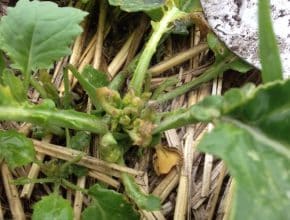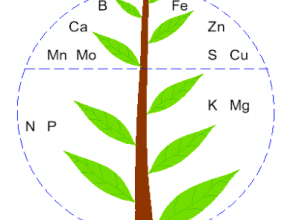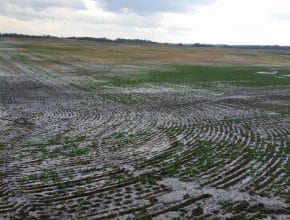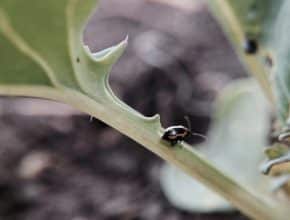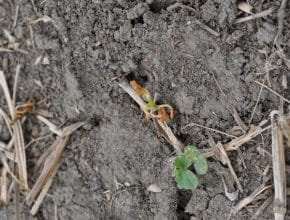Home / Canola Watch / Page 187
-
Herbicide damage to canola can take many forms. Here are some clues to look for…
-
This diagram from IPNI shows where deficiency symptoms are likely to show up on a plant. Nitrogen is mobile, so with an N shortage, plants will move N to new parts of the plant. Therefore deficiency will show up first in older leaves…
-
The later hail occurs, the higher the chance of yield loss, given that the plants have less time to recover. Plants with a broken main stem will likely die. Plants at the 6-leaf stage that lose most of the leaf area on the main stem can still live, but these leaves will not regrow. The plant will be delayed, and…
-
Canola Discovery Forum tracks canola and the science behind it. Growers share their experiences and we build on that knowledge to identify research priorities and inspire collaborative efforts between academia and private sector companies. The goal is to seek strategic opportunities to facilitate risk reduction and advance the growth and profitability of the canola industry…
-
How well can you identify the most common cutworm species found in Canadian canola crops?…
-
Flea beetles remain the single biggest insect threat this week, although pressure seems to be waning. Cutworm losses have been reported in a few fields across the Prairies, but damage is usually patchy within a field and nearby fields might not have any losses. The key with all insects is to scout and count and adhere to economic thresholds for…
-
Many situations can lead to patchy canola emergence and growth patterns. Here are our top 10 for this year…
-
Under hot conditions the metabolism of (some) target insects is significantly faster. Control of the pest is more complete when the metabolism of the pest is slower which is generally associated with cooler or moderate temperatures. It is also known that control of some insect species with pyrethroid insecticides decreases as temperature rises. Some pests are also more available in…
-
A second application of in-crop herbicide is not always economical if the crop is well established, competitive and ahead of the remaining weed population. A second application can make sense if…

